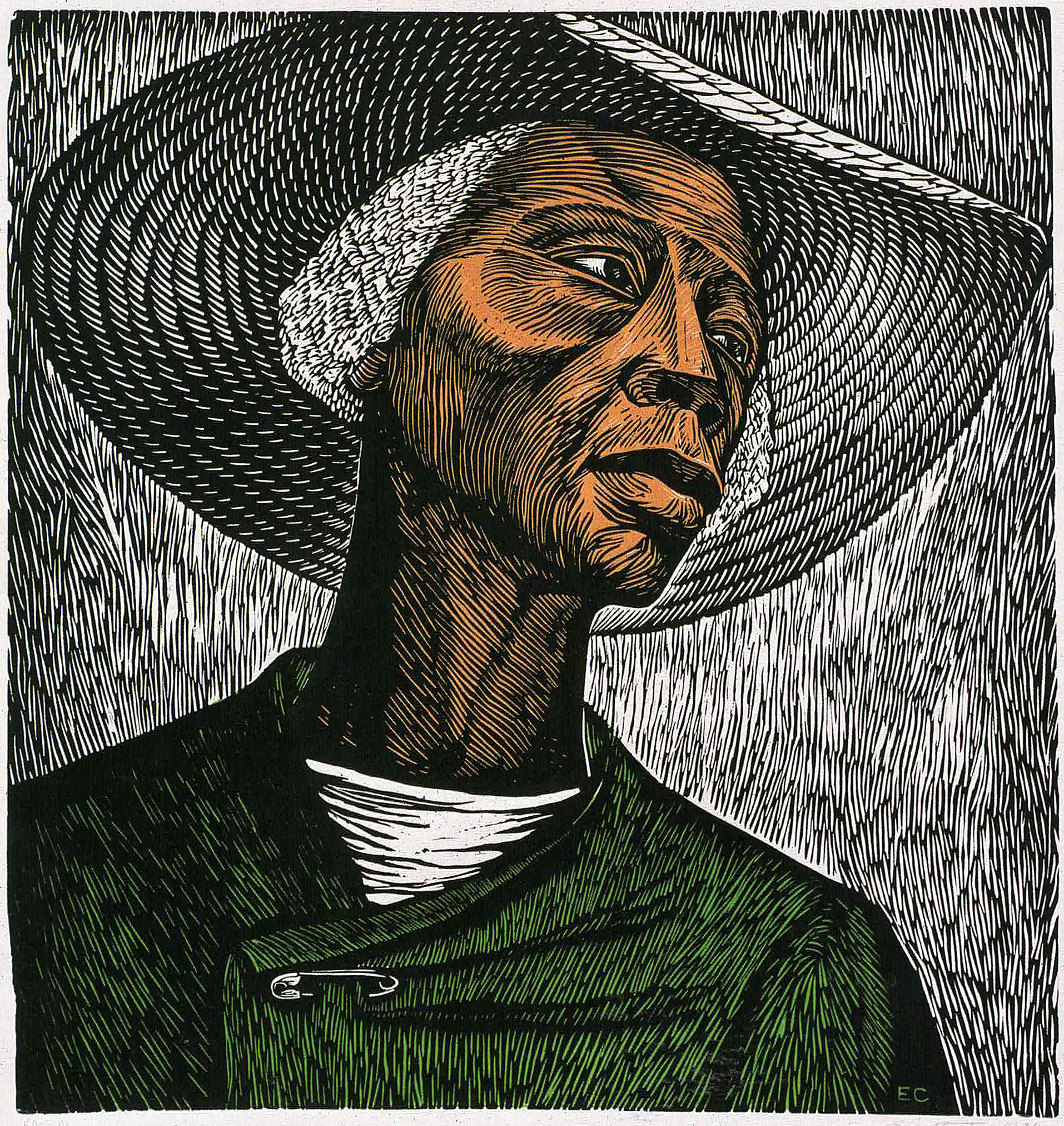 Beauford Delaney’s talent was discovered by local and influential painter, Lloyd Branson whose support took him to Boston to study at the Massachusetts Normal School, the Copley Society, and the South Boston School of Art. In 1929, he moved to New York, where he became an important figure of the Harlem Renaissance, painting urban landscapes populated with the disenfranchised people he lived among, as well as portraits, sometimes of his famous friends.
Beauford Delaney’s talent was discovered by local and influential painter, Lloyd Branson whose support took him to Boston to study at the Massachusetts Normal School, the Copley Society, and the South Boston School of Art. In 1929, he moved to New York, where he became an important figure of the Harlem Renaissance, painting urban landscapes populated with the disenfranchised people he lived among, as well as portraits, sometimes of his famous friends.
Although he was a well respected artist with influential friends like James Baldwin, Henry Miller, and Georgia O’Keefe, he couldn’t escape the sense of marginalization he felt as an individual who constantly had to overcome the inequalities of being not only African American, but homosexual as well. He moved to Paris in 1950, a place where he felt a new sense of freedom. His style shifted from the figurative compositions of New York City life, to abstract expressionist studies of color and light, notably a vibrant, Van Gogh inspired yellow. In 1956, he met Darthea Speyer, an American cultural attaché living in Paris. She organized a group exhibition of works which included Delaney at the American Cultural Center in 1966, as well as two solo exhibitions of his work at her gallery which was established in 1968. Delaney lived his remaining years in Paris, eventually being hospitalized for mental illness and dying in 1979.
His work may be found in the collections of the High Museum of Art, Atlanta; The Studio Museum in Harlem, NY; Smithsonian Institution, and Fogg Art Museum, Harvard University, MA. Currently, his work may be seen in the exhibition, Be Your Wonderful Self: The Portraits of Beauford Delaney at Michael Rosenfeld Gallery, NY til November 13, 2021.




